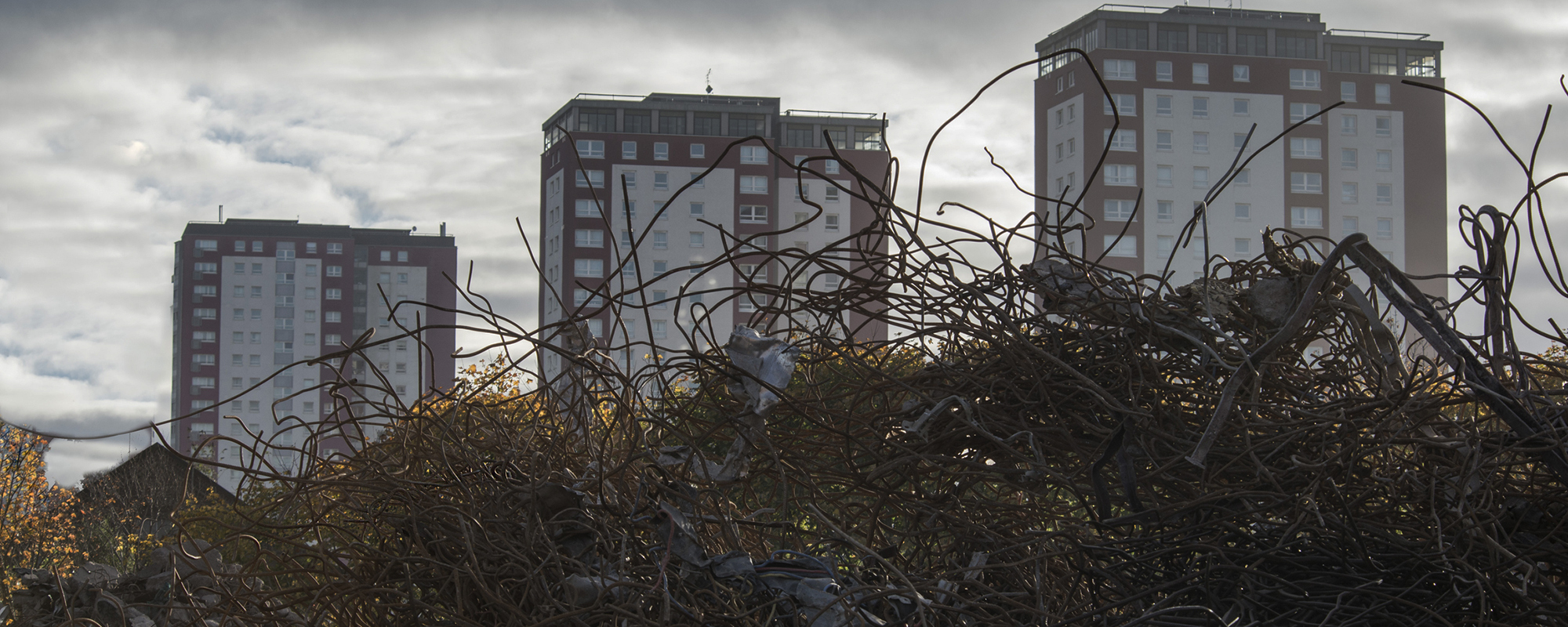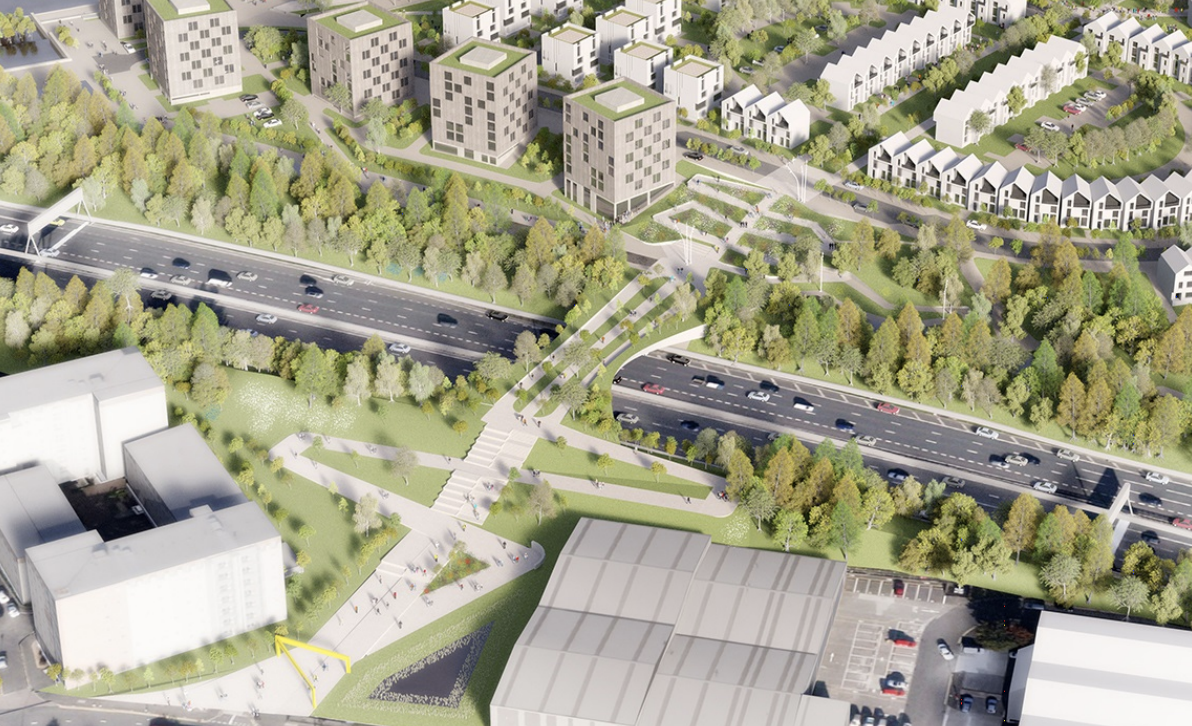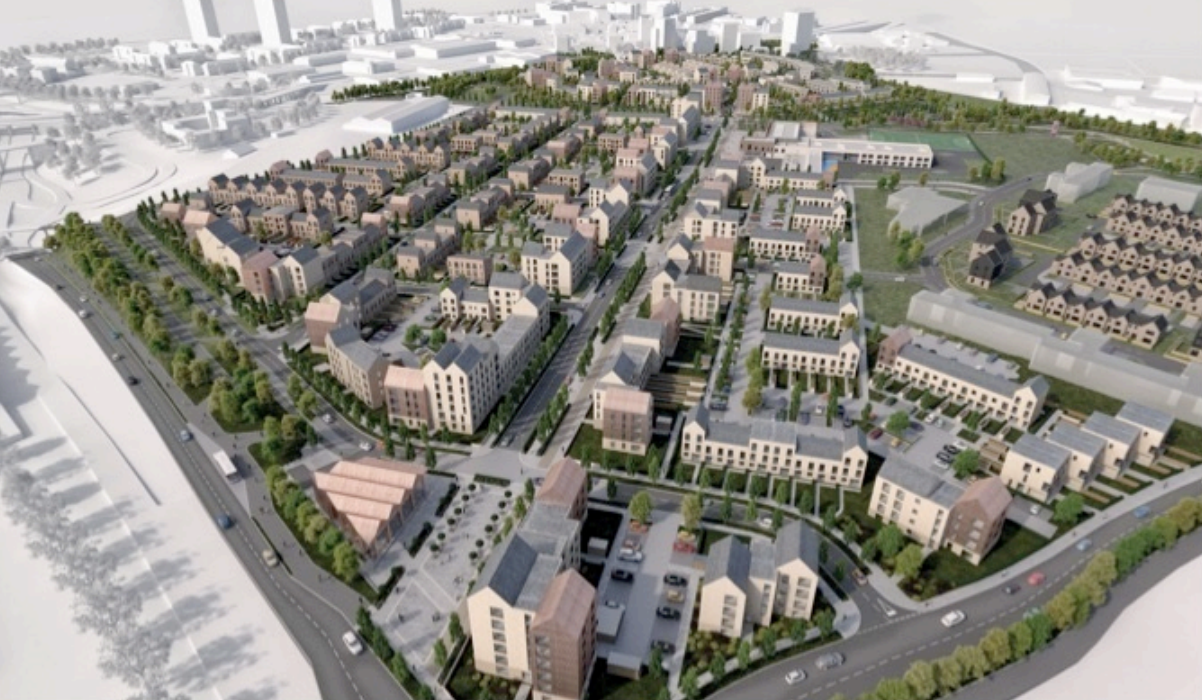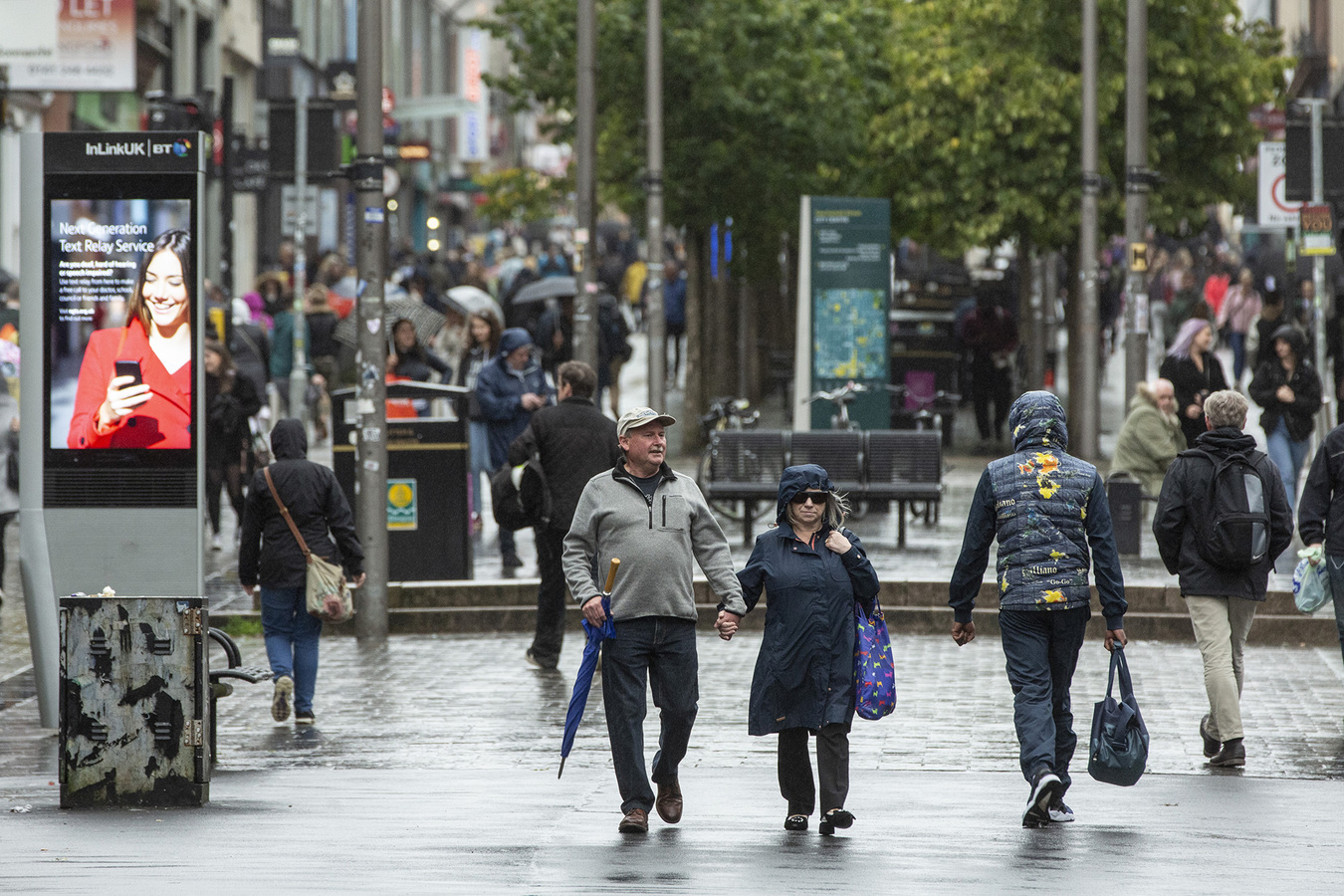Get updates from The Developer straight to your inbox Yes, please!
Glasgow: a tale of two cities
With intense pockets of deprivation cheek-by-jowl with overheated housing markets, Kevin Rush, director of regional growth at Glasgow City Region, is striving to close the gap with the City Deal

Glasgow is a city of extremes. It has the lowest life expectancy in the UK, contains pockets of severe deprivation and is home to the most polluted street in Scotland. But it also, in sharp contrast, has overheated housing markets, the highest weekly income per resident among UK core cities, and has increased workforce productivity by 30% over the past decade.
“Glasgow is the classic tale of two cities,” says Kevin Rush, director of regional growth for Glasgow City Region, who works in delivering projects as part of the £1.13bn City Deal, now six years into its rollout. Over the next five years, £700m will be spent on infrastructure to unlock improvements across the city.
“Quite clearly the biggest driver of low life expectancy is poverty,” says Rush in an interview for The Developer Podcast. “Development can make a big impact, if you improve people’s living circumstances, their connectivity to where jobs are, and give them meaningful work.”
“Development can make a big impact, if you improve people’s living circumstances, their connectivity to where jobs are, and give them meaningful work”
The government’s original mandate for the City Deal was to demonstrate a gross value added [GVA] return, but Rush says the conversation has since gradually shifted to how the benefit can be most widely felt.
“The easiest way to demonstrate a GVA return would have been to address the market failure in the city centre and build shiny office blocks for the private sector. But we took a much longer-term view that we should invest in creating the conditions for long-term economic growth,” says Rush.
“We’ve started to get more nuanced about inclusive growth,” says Rush. “The government is now saying, ‘OK, we still want to see some economic benefit, but we want to see participation from different groups, we want to see improvements to public realm, and we want to see things that make a difference to people’s lives.’”
So the city prioritised land remediation and improving connectivity across the city centre: “We’re really starting to see the benefit of that,” he says.
“Sighthill is a prime example – a brand new community 10 minutes from the city centre, previously a site of enormous deprivation cut off from the city centre by a motorway,” he continues.
The £250m Sighthill mixed-use project is the largest of the city’s eight Transformational Regeneration Areas, located on 50 hectares in north Glasgow. The project features new schools, sports facilities, a road bridge, 826 homes for private sale, 198 for mid-market rent and 141 units of social rented housing, plus the pedestrian bridge connecting the neighbourhood to the city centre over the M8 motorway. The work is funded by the council, Glasgow Housing Association (GHA) and the Scottish government with the City Deal.
“That land had been contaminated since the French Revolution,” says Rush. “As a result of that, no one would develop there.”
“We took a view that the City Deal would go underground, creating the right conditions for development, and then private sector investment would follow. That, to me, is the way in which our City Deal works.”
But the social housing units being returned to Sighthill are a fraction of the thousands that were there before, and the history of Sighthill is storied. The land was home to 10 tower blocks, seven maisonettes and tenements. Most were demolished in 2008-09 by GHA. A campaign by residents to save the remaining five high-rise towers, which contained 1,140 homes, resulted in two towers being earmarked for refurbishment, but after a failed bid for the 2018 Youth Olympics, its Athletes’ Village became part of the Sighthill masterplan which saw all remaining towers demolished in 2016.
Speaking to the Evening Times in 2009, Elaine Ellis, then-secretary of the tenants’ association, said the demolition would see neighbours of 40 years torn apart. Ellis said: “We have been told by GHA officials that our buildings are structurally sound. That’s why we’d like our homes re-clad and modernised... why has Sighthill been singled out for neglect? Three surveys have come back in favour of retention of and investment in the Pinkston flats. But in the past five years there’s been no investment. It appears that we are just being run down until we are sickened.”
As common in the rhetoric surrounding estate demolition, tower block living is portrayed as unsavoury, while tenants speak fondly of the security and views. Resident Agnes McDermott, then aged 74, told the Evening Times: “We want GHA to tell us what is happening with Pinkston. Most people love these flats and don’t want to leave or see them demolished. There are people in their 60s, 70s and 80s living here that feel safe because it has a concierge service and we’ve got our friends and neighbours living close by.”
In a 2017 study on the impact of the clearance of Sighthill residents, some of whom have returned, one family said, “We didn’t want to move. We had to move, obviously, [be]cause they were demolishing the flats. If they didn’t demolish our flats we would stay there as long as we can. Basically, the flats were safe, they were nice to stay at, they were near buses and everything.”
Rush admits Glasgow is on a learning curve when it comes to community engagement: “There was criticism about the way in which projects were selected. It was done away from communities… doing the deal… and people felt excluded from that. What’s important now is that we don’t replicate that mistake.” Going forward, Rush says he wants people to feel listened to.
“The River Clyde is perhaps the greatest untouched resource in Western Europe”
At the time of the podcast recording, the coronavirus pandemic was not on the radar. But there is no shortage of other challenges facing Glasgow to discuss: Brexit, Scottish independence, climate change and flood risk linked to increased rainfall, air pollution and traffic congestion, an ambitious net zero target of 2030, and the upcoming UN Climate Change Conference (COP26) scheduled for Glasgow in November.
With net zero, Rush says inevitably they are looking to offsetting to meet what seems like a near impossible target. Rush says conversations are at an early stage regarding tree-planting and rewilding – perhaps on one of the several golf courses owned by the city – as part of offsetting. And, Rush says, of course, they are looking at modern methods of construction, but he is mindful of the financial implications of these decisions, which could impact the already committed infrastructure investment plans.
They are also reimagining the way the city centre operates. The Avenues project, which remodels streets, prioritising pedestrians and cyclists, and greening the city centre, is being rolled out gradually, but has already been successful in attracting company headquarters, Rush says.
And Glasgow is angling for major investment in the construction of a Glasgow Metro subway train serving the city centre. “To remove vehicles from the streets, the best way is to give people a viable alternative,” says Rush. A low emission zone for all vehicles comes into play in 2022.
When it comes to imagining the future city, Rush believes the River Clyde is the most obvious place to focus on.
“How do you ensure that it’s a prime location because it’s not going to flood?”
“The river is perhaps the greatest untouched resource in Western Europe,” says Rush. “It goes right from Inverclyde all the way across to South Lanarkshire. We could use it as a source of energy, we could use it with development opportunities all along it to bring it to life, for vibrancy.”
The challenge with regards to opening Glasgow up to the river is, of course, flood risk. “There’s a piece of work taking place right now, looking at a tidal weir or a barrage, similar to the Glasgow Smart Canal but on a larger scale, that allows you to control the water flow.”
“How do you ensure that it’s a prime location because it’s not going to flood? It’s a city where it rains quite a lot, so we need to be quite mindful of that,” he says.
Listen to the podcast by clicking on the link below and sign up to The Developer Weekly to be updated when new episodes go online.
Support The Developer on Patreon
Our journalism has always been free-to-air.
If you value what we publish, be our patron from £3 per month
Sign up to our newsletter
Get updates from The Developer straight to your inbox
Thanks to our organisation members
© Festival of Place - Tweak Ltd., 124 City Road, London, EC1V 2NX. Tel: 020 3326 7238



